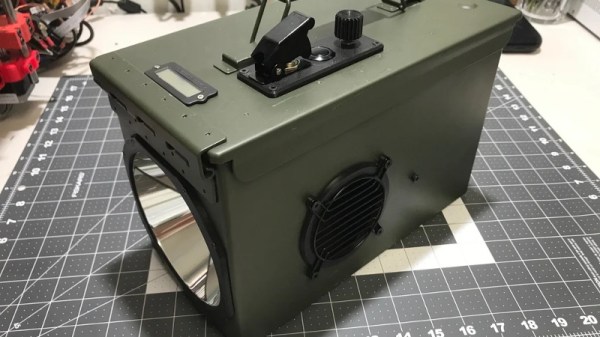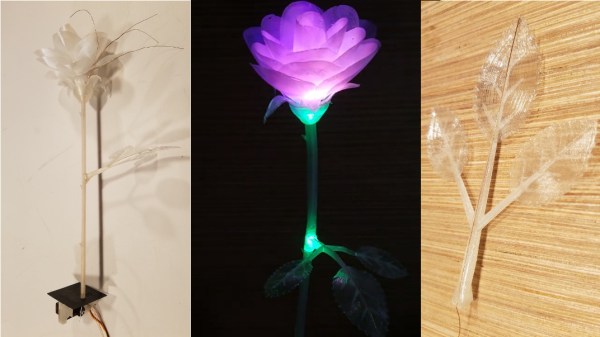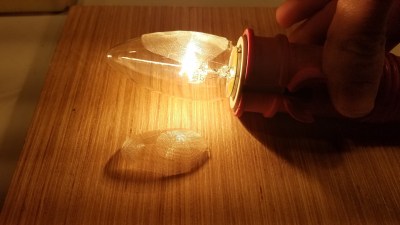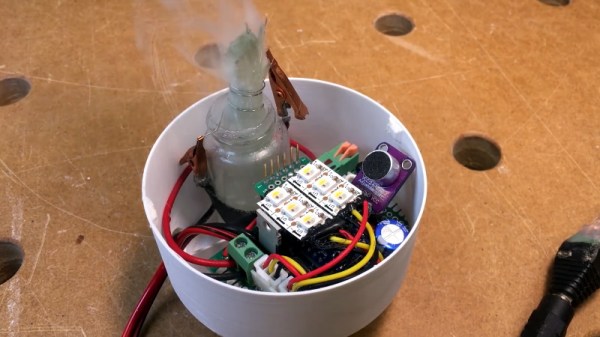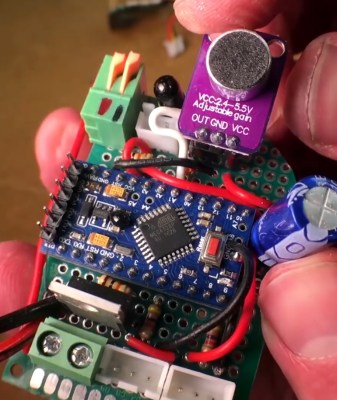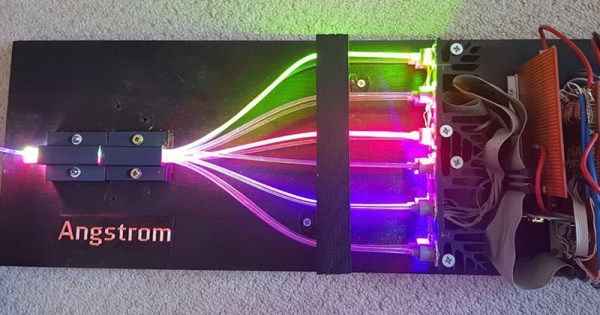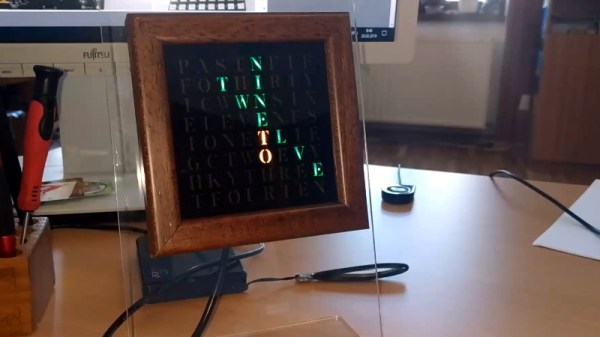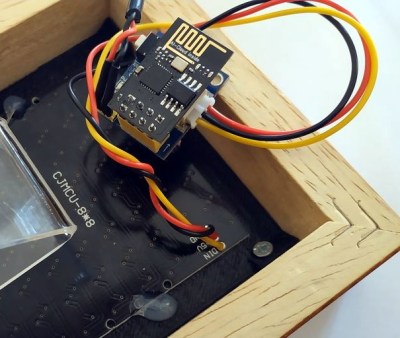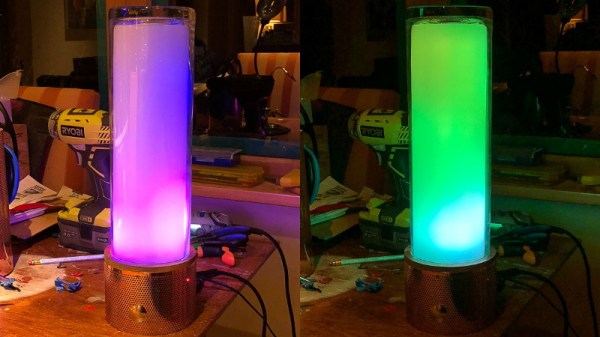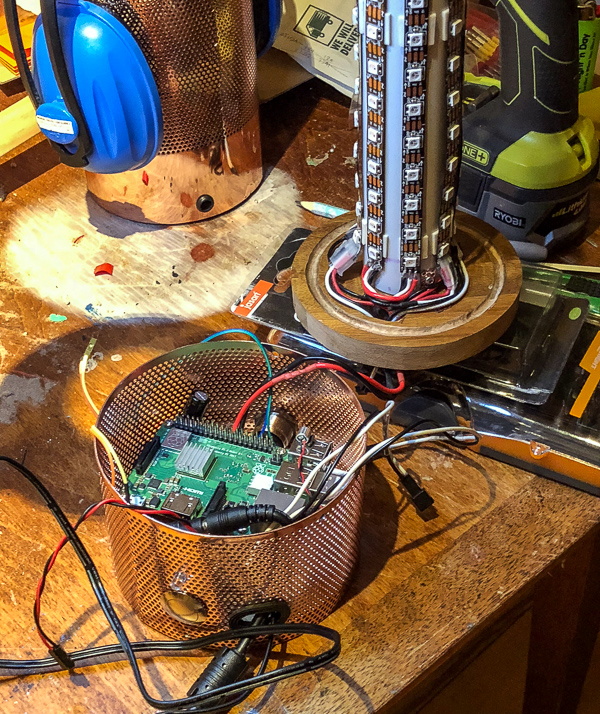For most people, a flashlight is just something you keep in a drawer in the kitchen in case the power goes out. There’s even a good chance your “flashlight” is just an application on your phone at this point. But as we’ve seen many times before from mechanical keyboards to Power Wheels, hardcore niche communities can develop around the most innocuous pieces of hardware; and the lowly flashlight is no different.
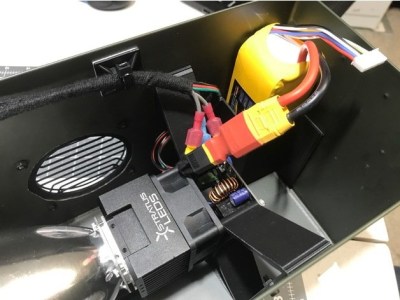 Case in point, this 14,000 lumen LED flashlight built by [Bryson Hicks]. Designed around a 100 watt module from Stratus LED, the flashlight uses a number of 3D printed components to make itself at home in a suitably hardcore enclosure: a metal ammo can. With the addition of some modular electronics and a rather slick little control panel, his light is ready to deliver an unreasonable level of brightness anywhere he wishes.
Case in point, this 14,000 lumen LED flashlight built by [Bryson Hicks]. Designed around a 100 watt module from Stratus LED, the flashlight uses a number of 3D printed components to make itself at home in a suitably hardcore enclosure: a metal ammo can. With the addition of some modular electronics and a rather slick little control panel, his light is ready to deliver an unreasonable level of brightness anywhere he wishes.
The Stratus LED module includes its own driver, and just needs to be hooked up to a suitably beefy power source to do its thing. [Bryson] went with a 4500 mAh LiPo battery that he says gets him about a one hour runtime at full brightness. For somewhat less intense operation, he’s added a potentiometer which interfaces with the module’s driver board to control the LED output. Considering how fast the light sucks down the juice, adding a small LCD battery charge indicator to the top of the device seems like it was a prudent decision.
To prevent you from cooking anyone’s eyes at close range, the light requires you to first “arm” it by flipping the military style protected switch. Once the switch is in the on position, an illuminated push button is used to actually turn the LED module on and off. You can also snap the toggle switch back into the closed and covered position if you needed to kill the light in a hurry.
This isn’t the first preposterously bright LED flashlight we’ve seen around these parts. There’s something of an arms-race between hackers and makers to develop increasingly bright lights they can carry around, on the off chance they need to illuminate an entire neighborhood.

